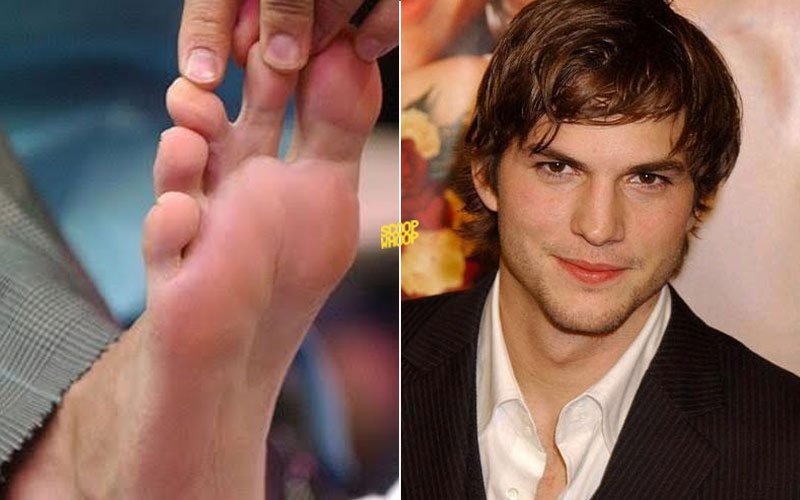


What Are the Different Types of Webbed Fingers and Toes?

Webbed fingers and toes can be a symptom of many other genetic syndromes like Apert, Chotzen, and Poland syndromes. Sometimes syndactyly is part of a larger health problem. It's estimated that between 10% and 40% of people with syndactyly have family histories of webbed fingers and toes. Webbed fingers and toes usually happen on their own as an isolated birth defect but sometimes there is a genetic component to your likelihood of having syndactyly. Syndactyly happens when fingers or toes don't separate or develop normally at this time. Around week 10 of pregnancy, the fetus’s fingers and toes should separate, elongate, and lose their webbing. Here's what you need to know about the types of webbing that occur to fingers and toes and some of their common causes, risk factors, and treatments. What Causes Webbed Fingers or Toes?Īs a baby develops in the uterus, their hands and feet first form in flipper-like paddle shapes. Webbed fingers or toes can affect each person differently. Syndactyly is diagnosed at birth, or sometimes even earlier during prenatal ultrasound screenings. It occurs when skin fuses two or more fingers or toes, making them look "webbed." Bones and other soft tissues might also be affected.

Medically, that condition is known as syndactyly. What happens when those digits look fused or stuck together? Webbed fingers, toes, phalanges and even limbs are needed only by aquatic animals, birds and some gliding animals like duck, Swan, frogs, bats, flying squirrel etc.After a baby is born, one of the first things proud parents do is count the infant's fingers and toes. Humans do not have webbed fingers and toes as we are terrestrial creatures naturally. Digits that are fused or joined may look webbed, and they may not move well. Both syndromes are genetic disorders that can cause abnormal growth of the bones in the hands and feet. Webbing can also be related to genetic defects, such as Crouzon syndrome and Apert syndrome. Webbed fingers and toes can occur as part of an underlying condition, such as Poland’s syndrome, Holt-Oram syndrome, or Apert syndrome. About 10 to 40 percent of syndactyly cases are caused by an inherited trait. Follow up with your doctor as soon as you have pain or other symptoms from an overlapping toe.Ĭauses of Webbed Fingers and Toes. Overlapping toes are often associated with other foot issues, such as bunions and hammer toes. The cause of an overlapping toe may be hereditary or may develop as you get older. Occur in about one out of every 2,500-3,000 newborns. Webbed fingers or toes: Are fairly common and often run in families. Ducks use their webbed feet like paddles to provide more surface to push against the water. Their webbed feet are uniquely designed to help them move through the water. When it occurs alone it is always inherited as an autosomal-dominant disorder.ĭucks use their feet to swim. It happens either as an isolated anomaly or as part of a syndrome. This “webbing” is the most common abnormality of the newborn hand. They might not become independent digits due to a genetic condition (for example, webbed toes can be associated with Down syndrome), but this is rare. What Causes Webbed Toes? Syndactyly occurs when toes fail to divide and separate properly during the baby’s development in the womb. Webbing can also be related to genetic conditions, such as Down syndrome and Apert syndrome. It’s less commonly the result of an inherited trait. Webbing of the fingers and toes mostly occurs at random and for no known reason. They’re also handy for those trying to beat personal bests in the water. In human swimmers, the invisible web of water allows them not to propel themselves faster, but to better lift themselves out of the water. Webbed feet and hands, of course, are a common trait of swimming animals from frogs to whales. This can reach either part way up or nearly all the way up the toe. Most commonly the second and third toes are webbed or joined by skin and flexible tissue. In humans it is considered unusual, occurring in approximately one in 2,000 to 2,500 live births. If your child has more than one area of webbing, their surgeon may recommend multiple surgeries to minimize their risks. This procedure is intended to restore full functionality to your child’s hand or foot. Separating your child’s webbed or fused fingers or toes will allow each digit to move independently. Webbed hands and feet may provide some advantage to swimmers. Sometimes it is just the skin that is joined together, and sometimes the bones themselves are fused. Webbed fingers and toes A rare condition in humans known as ‘syndactyly’ is the fusion of one or more digits on the hands or feet.


 0 kommentar(er)
0 kommentar(er)
